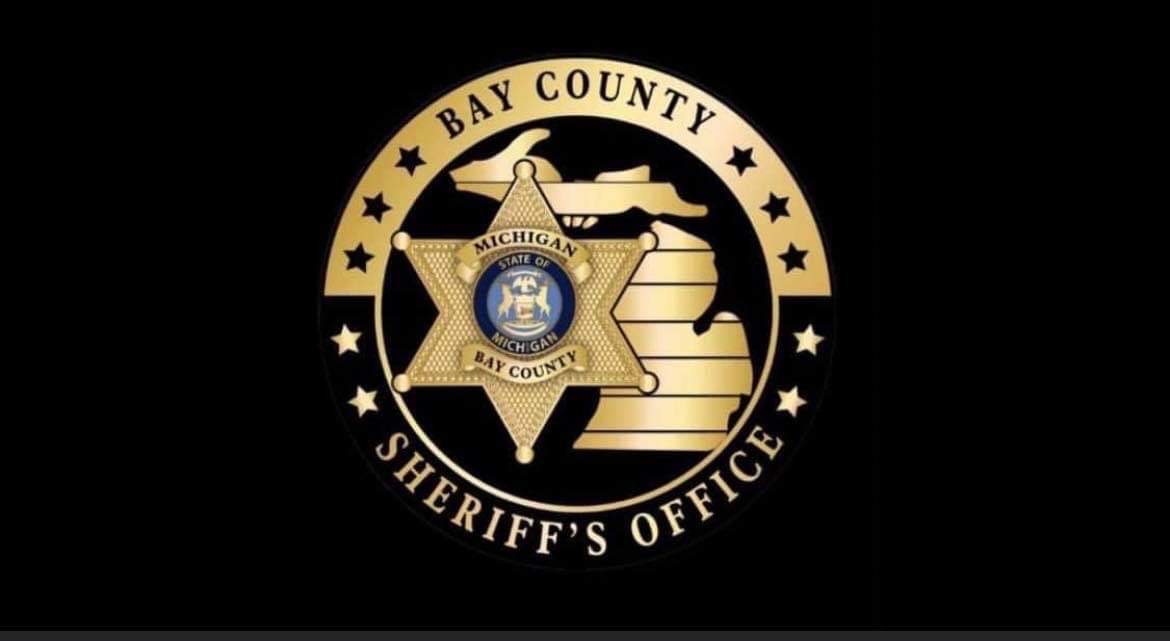By Noah Brasseur
Progress has yet to be made on the Coast-To-Coast rail project, which saw its last update in early 2016.
The rail line was proposed as a way to link several Michigan cities via passenger rail. Currently, in order to take a train from Holland to Detroit, a rider would need to travel to Chicago, which the Coast-To-Coast project aimed to fix. However, since the ridership report was released six years ago, no apparent effort has been put into the project.
In fact, both the Michigan Environmental Council, which is the group that lobbied for the rail line, and the Michigan Department of Transportation (MDOT) have removed links to the study from their websites. The full report is currently only available online via archive.org, more colloquially known as “The Wayback Machine.”
Daniel Sommerville, a lobbyist for the Michigan Environmental Council and project manager for funding the rail line, believes the rail has been rebranded and integrated into a larger, long-term plan.
“Best I can tell right now,” Somerville shared via an email. “The current life of that project is the ‘Detroit-Ann Arbor-Lansing-Grand Rapids/Holland/Muskegon’ project on page 146 of the Michigan Mobility 2045 plan.”
According to the state government’s website, the Michigan Mobility 2045 Plan is a 25-year plan for transforming Michigan’s transportation system. The Michigan Mobility 2045 Plan is also known as the State Long-Range Transportation plan,
In late 2021, the plan was approved by the State Transportation Commission for adoption, according to a paragraph excerpt from a press release that was also deleted from the state government’s website. The full press release is available here from archive.org.
Regardless of its inclusion in the Michigan Mobility plan, the project may still be in jeopardy.
A representative of the Michigan Association of Railroad Passengers, Judith Kay-Chase, notes the plan’s designation of the project is bad news. The full plan lists the Coast-To-Coast rail as having a cost of to-be-determined, despite the ridership study having already found an estimated cost.
The report found that there would be an upfront cost of at least $130.9 million, but the projected levels of ridership would mean that costs would be recovered relatively quickly. The slowest option, the 79 mph rail, would have likely been roughly equal to the travel time in a car.
“You will note that the cost of the project is TBD,” Key-Chase wrote over email, “Which indicates interest in moving forward with the project is low to non-existent at this point.”
This is especially interesting given that the project had broad bipartisan support when it was first proposed. The chairs of the Senate Transportation Committee and the House Transportation & Infrastructure Committee endorsed the project.
Several then-sitting state Senate and House members were contacted for comment on the matter. None responded.
“What’s more,” Key-Chase said. “The state government has put construction of the railroad on the back burner. You may be interested to know that MDOT/Office of Rail has submitted an ‘expression of interest’ to the FRA’s new Corridor ID Program. The C2C is not among the (apparently priority) projects listed there.”
The program mentioned is the Federal Railroad Administration’s Corridor Identification and Development Program. Created in the wake of the recent bipartisan infrastructure law, the program is meant to establish a “pipeline of projects ready for funding – allowing them to be implemented faster and with greater coordination than ever before,” according to an article released by the federal government.
The Michigan Department of Transportation’s letter to the FRA can be read here. MDOT responded to a request for comment but directed all questions to the Michigan Environmental Council.
The matter of the Coast-To-Coast line seems to have been entirely dropped. A map published by Amtrak, the national passenger railroad company of the U.S., does not include any new lines constructed in the state of Michigan, only improvements to existing passenger rail routes.
This would also rule out other popular proposals for new rail lines in the state. The Ann Arbor to Traverse City route, more commonly referred to as A2TC, maintains high public support for its construction. Despite this, no appearance or mention is made regarding it in Amtrak’s future plans.
Hopes for that project, however, may not be entirely dashed. The Michigan Mobility 2045 Plan report does not report the cost as TBD. In fact, it recommends establishing a 60 mph passenger rail service within the next ten years.
Passenger rail is still a popular initiative in Michigan. But for now, the Coast-To-Coast project remains a far-off, if not a completely forgotten, dream.



